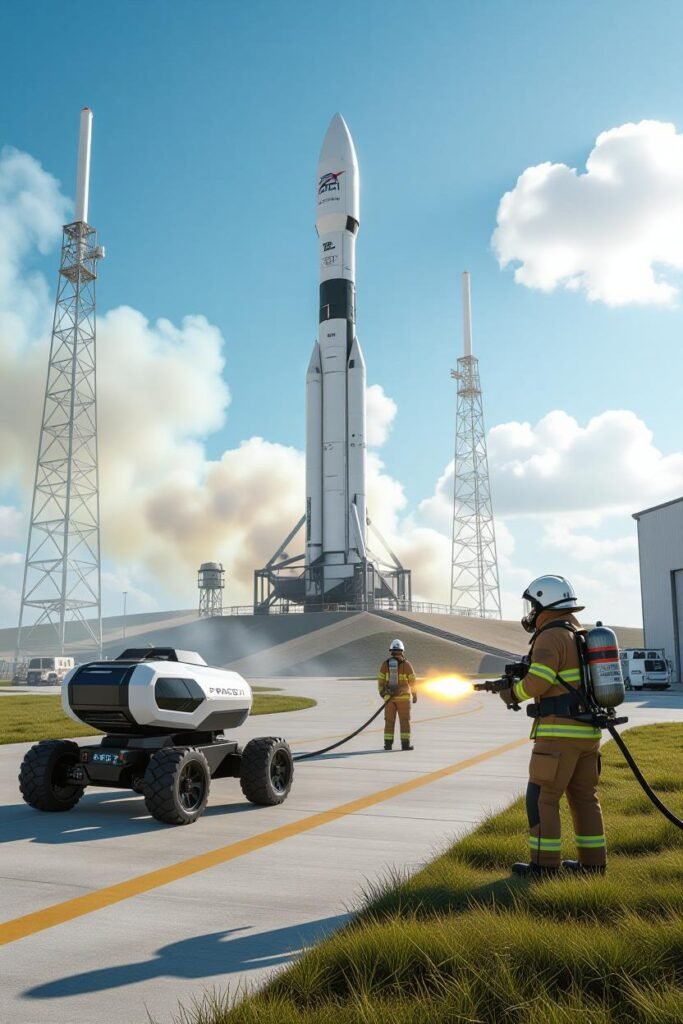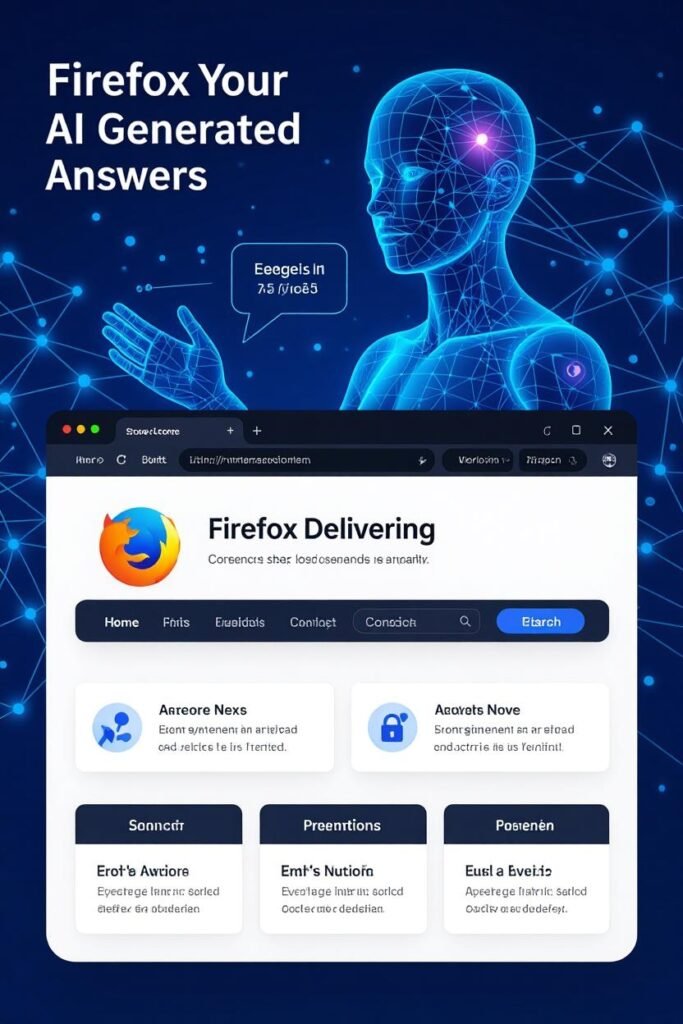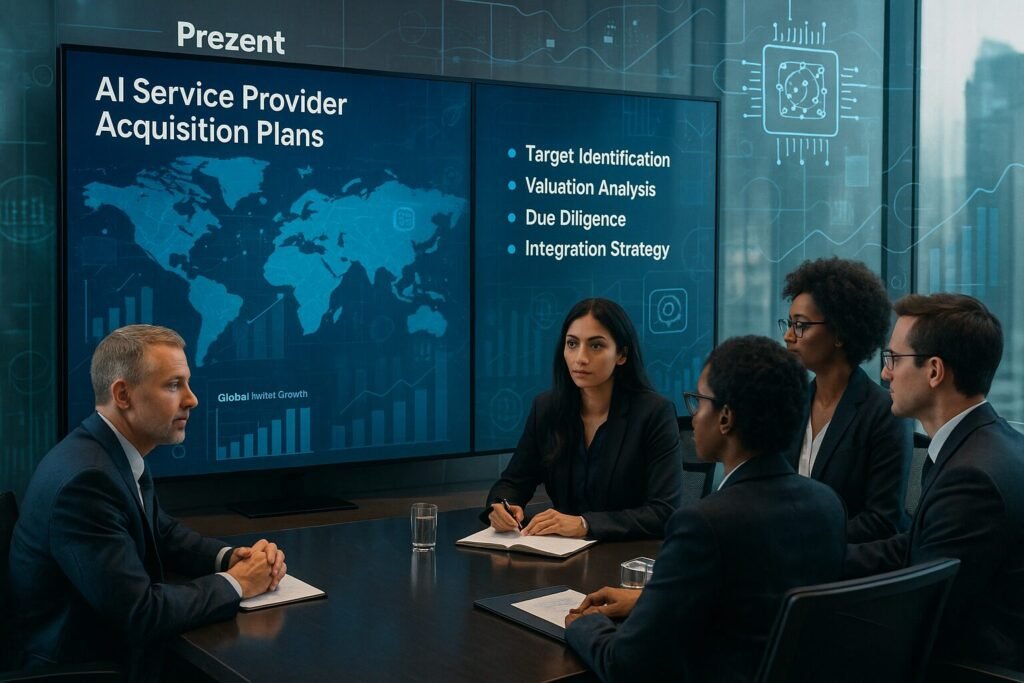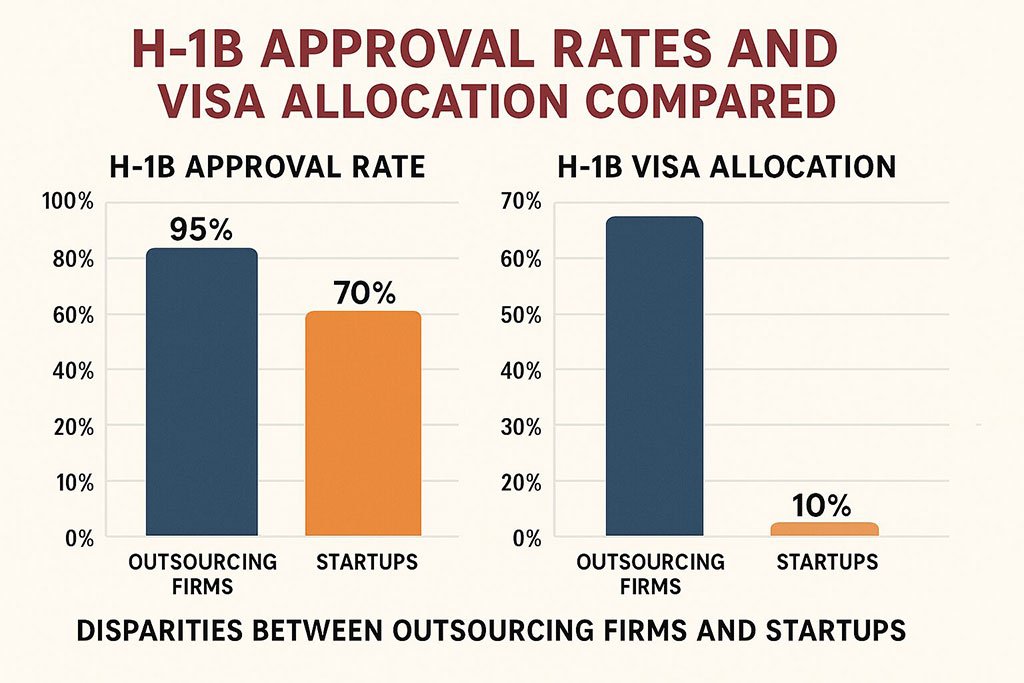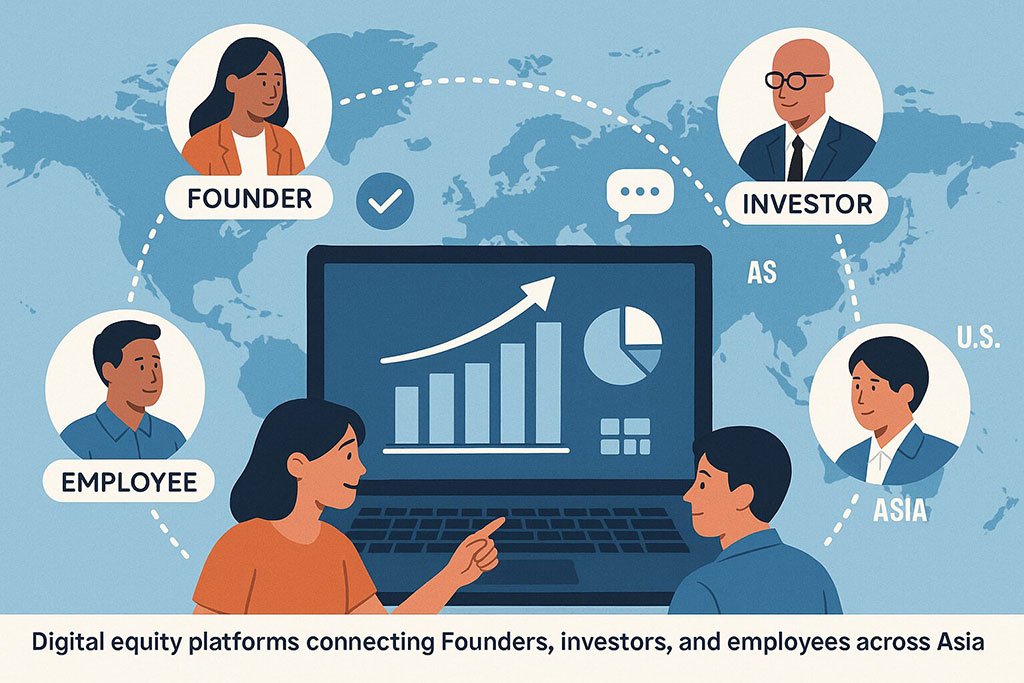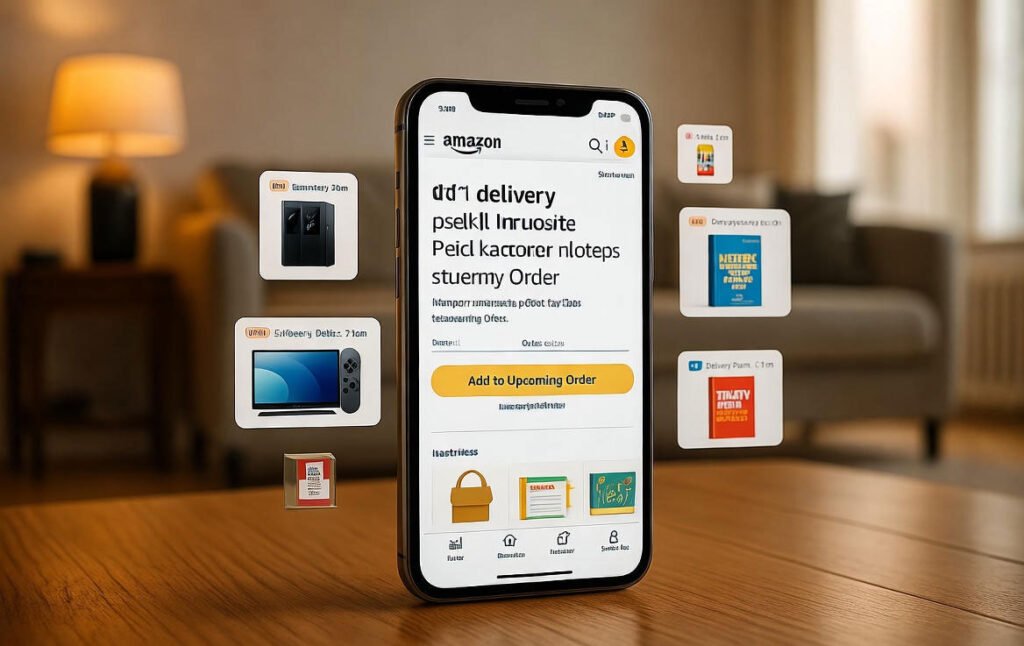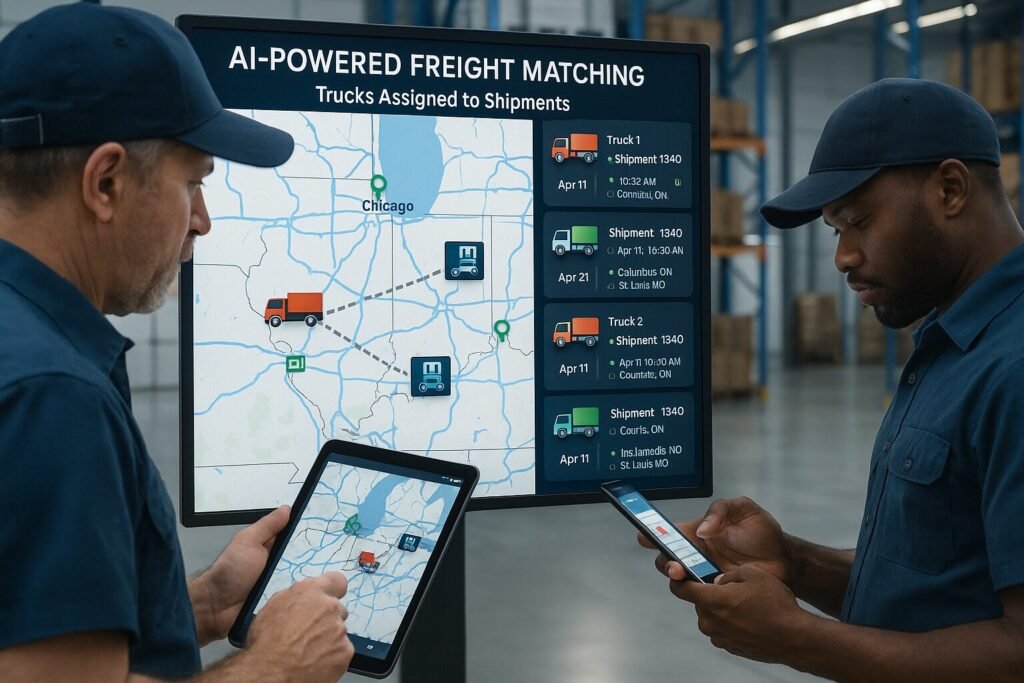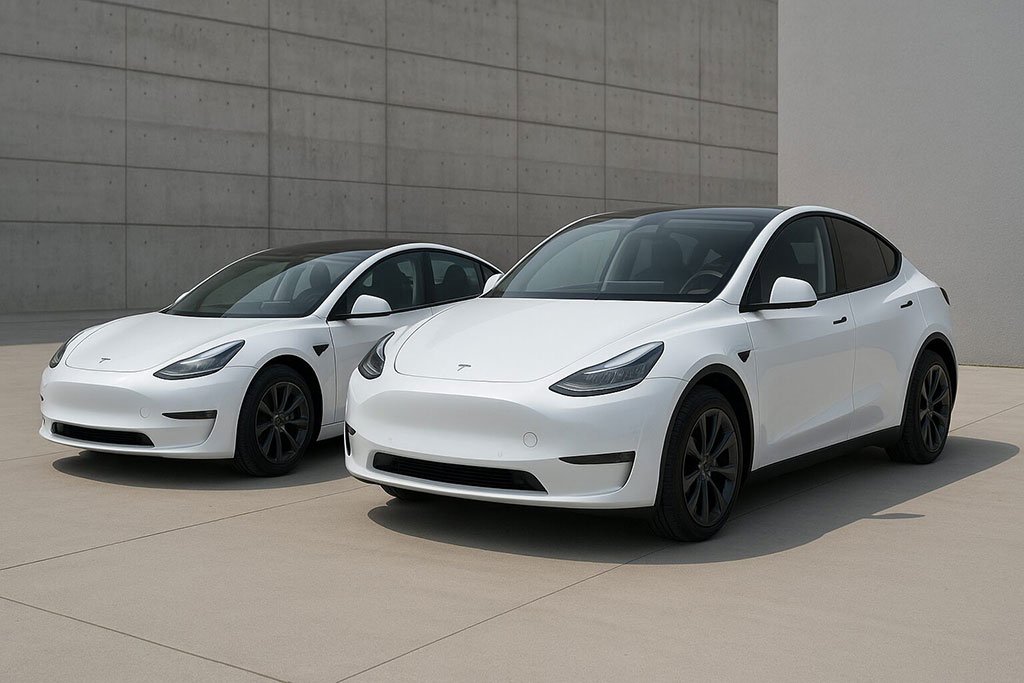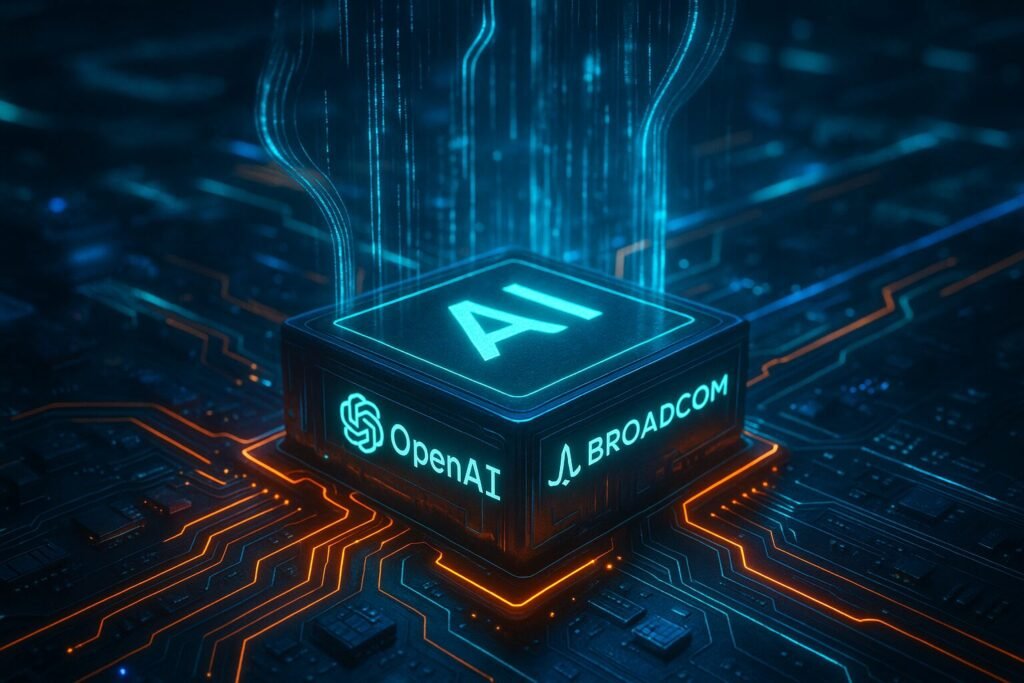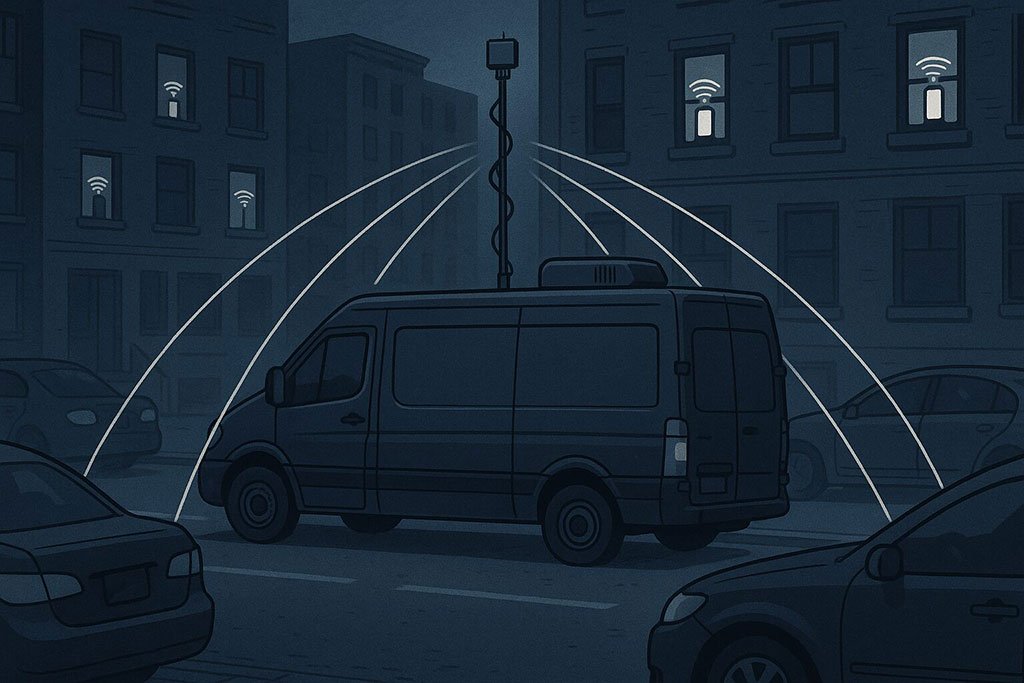Now Reading: Autonomous Delivery Robots for Urban Logistics
-
01
Autonomous Delivery Robots for Urban Logistics
Autonomous Delivery Robots for Urban Logistics
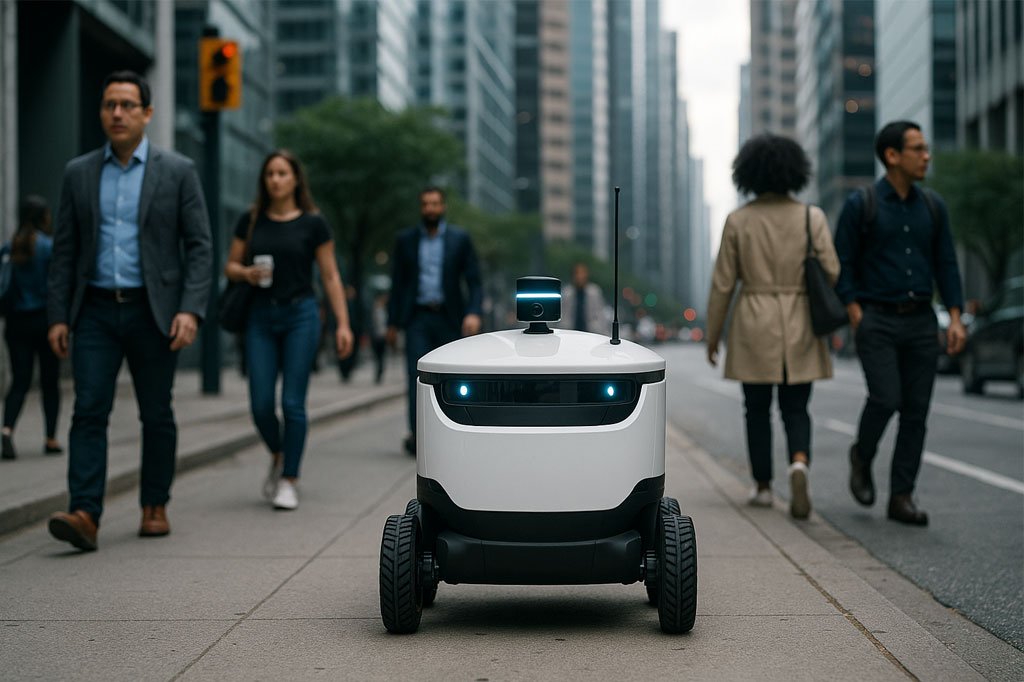
Autonomous Delivery Robots: Revolutionizing Urban Last-Mile Logistics
Where speed, convenience, and efficiency define consumer expectations, urban last-mile logistics has become one of the most critical—and challenging—aspects of supply chains. A bustling city street where packages are not delivered by human couriers weaving through traffic, but by autonomous robots navigating sidewalks with precision. This is not a distant sci-fi dream but a present-day reality reshaping transportation and logistics.
The adoption of autonomous delivery robots promises to alleviate traffic congestion, reduce carbon emissions, and lower operational costs for businesses. Yet, beyond the technical marvel, there is a profound human impact. These robots change how we interact with our urban spaces, create new employment paradigms, and challenge societal norms about automation in daily life.
This article delves deep into the evolution, deployment, and implications of autonomous delivery robots in urban logistics. We explore the technology behind them, real-world case studies, regulatory challenges, and the societal perspectives that arise from their integration. By examining both the opportunities and potential concerns, we aim to provide a comprehensive, human-centered understanding of how autonomous delivery robots are redefining the last mile.
The Evolution of Last-Mile Delivery
Historically, last-mile delivery has been the most expensive and inefficient stage of supply chains, accounting for up to 53% of total delivery costs. Urban congestion, parking limitations, and growing e-commerce demand have strained traditional delivery models.
Autonomous delivery robots emerged as a solution to these challenges. Early iterations focused on indoor logistics, such as warehouse transport, before expanding to outdoor environments. Companies like Starship Technologies, Amazon Scout, and Nuro pioneered small, self-driving robots capable of navigating sidewalks, crosswalks, and public spaces safely.
From a human perspective, these robots reduce the stress of delayed or missed deliveries and create a more predictable urban flow. However, they also raise questions about job displacement, urban planning, and public acceptance. The societal dialogue surrounding these technologies is crucial, as community buy-in often determines deployment success.
Technology Behind Autonomous Delivery Robots
Autonomous delivery robots rely on a combination of advanced sensors, AI algorithms, and real-time data processing. LIDAR, cameras, ultrasonic sensors, and GPS allow robots to detect obstacles, plan optimal routes, and interact safely with pedestrians and vehicles.
AI-driven path planning ensures robots avoid collisions, respect traffic rules, and adapt to dynamic environments. Machine learning models continuously improve navigation accuracy by analyzing past deliveries. Some robots even employ swarm intelligence, coordinating with other units to optimize delivery efficiency.
From a human perspective, this technology provides convenience, but it also raises ethical and privacy concerns. Cameras and sensors on public sidewalks could collect inadvertent data on pedestrians, prompting debates on urban surveillance. Balancing innovation with privacy is a critical consideration for policymakers and developers.
Real-World Case Studies and Deployments
Starship Technologies: Operating in several U.S. and European cities, Starship robots deliver groceries, takeout, and small packages. They typically travel at walking speed (around 4 mph) and can carry up to 20 pounds.
Amazon Scout: Amazon’s autonomous Scout robots navigate suburban sidewalks for local deliveries. By integrating with Amazon’s existing logistics network, Scout demonstrates how companies can scale autonomous delivery without disrupting urban mobility.
Nuro: Nuro’s R2 delivery vehicle, approved for public road use, focuses on grocery and essential item deliveries. With autonomous driving technology, it addresses both sidewalk and road logistics, highlighting a hybrid approach to last-mile challenges.
These deployments illustrate not just technological feasibility but also human adaptation. Communities hosting these robots have reported mixed reactions—some celebrate the convenience, while others express concern over sidewalk congestion and safety. Public engagement and transparent communication are essential to long-term acceptance.
Economic and Environmental Impacts
Autonomous delivery robots offer significant economic benefits by reducing labor costs, improving delivery speed, and enhancing supply chain efficiency. For businesses, this translates to increased profitability and better customer satisfaction.
Environmentally, these robots are often electric, contributing to lower greenhouse gas emissions compared to traditional delivery vans. Urban areas with high robot adoption could see reduced traffic congestion, cleaner air, and quieter streets.
Yet, human implications extend beyond economics. Workforce displacement is a concern, particularly for delivery drivers. Transition strategies, including retraining programs and hybrid human-robot models, are necessary to mitigate social challenges. Society must balance technological efficiency with empathy and equitable opportunities.
Regulatory and Ethical Considerations
City authorities play a pivotal role in shaping the autonomous delivery landscape. Regulations govern where robots can operate, their speed limits, liability issues, and pedestrian safety protocols.
Ethically, developers must consider inclusivity and accessibility. Robots should navigate sidewalks without hindering wheelchair users, strollers, or the visually impaired. Transparency about data collection, adherence to privacy norms, and maintaining safety standards are critical for public trust.
From a human perspective, these considerations highlight the collaborative role of technology, policy, and society. Autonomous delivery is not just about robotics but about designing cities that are safe, inclusive, and adaptable to innovation.
The Future of Urban Logistics
Looking ahead, autonomous delivery robots will likely evolve into more versatile systems. Integration with drones, smart traffic management, and AI-driven logistics platforms could create seamless, multi-modal delivery networks.
Human experience will remain central. Convenience, reduced waiting times, and sustainable urban transport will reshape daily life. On the other hand, society must address potential challenges, including job market shifts, social inequality, and ethical dilemmas. By prioritizing human perspectives alongside technological advancement, cities can achieve a harmonious balance between innovation and societal well-being.
Autonomous delivery robots are transforming urban last-mile logistics, blending technology with real-world human impact. They promise efficiency, sustainability, and convenience, redefining how goods move through cities. Yet, their integration extends beyond technological challenges—it encompasses economic, social, and ethical dimensions.
By examining deployments, technological frameworks, and societal implications, it becomes evident that human considerations are as important as robotic precision. Acceptance depends on safety, privacy, accessibility, and community engagement.
Ultimately, autonomous delivery robots exemplify a broader trend: the convergence of AI, robotics, and human-centered urban design. Their evolution will not only change how we receive packages but also how we experience our cities, interact with technology, and envision the future of urban life.
FAQs
- What are autonomous delivery robots?
Small self-driving machines designed to deliver goods in urban environments with minimal human intervention. - Are these robots safe on public sidewalks?
Yes, they are equipped with sensors and AI algorithms to detect obstacles and avoid collisions. - What items can they deliver?
Typically small packages, groceries, takeout, and essential items up to 20–50 lbs. - Do they reduce delivery costs?
Yes, they reduce labor and operational costs while improving delivery efficiency. - How do cities regulate autonomous delivery robots?
Regulations include speed limits, operational zones, safety protocols, and liability guidelines.
Subscribe to our newsletter for the latest insights on robotics, urban logistics, and AI innovations shaping the future of cities.
Note: Logos and brand names are the property of their respective owners. This image is for illustrative purposes only and does not imply endorsement by the mentioned companies.

